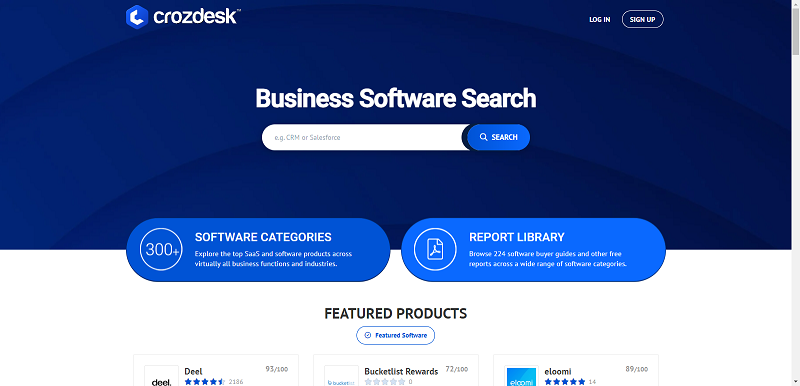The delivery of computing as a service, or cloud computing, over a network is becoming more and more mainstream and is allowing businesses of all sizes to get their applications up and running faster, with easier manageability and less maintenance. Cloud computing allows enterprises, and enables IT, to more rapidly adjust IT resources (apps, servers, storage, and networking) to meet fluctuating and unpredictable business demand.
Cloud computing forces us to change our traditional approach to application and network management. No longer do we have a fixed number of assets that must remain running 100% of the time, and performing to the best of their abilities. Instead, we have on-demand computing where resource needs, such as servers and applications, and capacity fluctuates based on demand.
Traditional Network Management vs. Cloud Network Management
In a traditional, non-cloud based, network implementation, network and application monitoring primarily focuses on the availability and performance of the network and server infrastructure. Monitoring of network devices (routers, switches, and firewalls) is usually accomplished with a network management system (NMS) that uses traditional protocols such as SNMP, ICMP, and WMI to gather performance statistics. Advanced management systems typically include network device discovery and mapping, network device performance monitoring, real-time intelligent alerting and reporting, application monitoring and many more features that assist the IT professional in monitoring and managing the performance of their network.
Once a cloud network is introduced, additional significant dependencies are added: namely the performance of your ISP (WAN performance) and the performance of your cloud provider (and their ISP). Since your WAN link is the lifeblood between you and your cloud provider, it is paramount that you monitor its performance at a minimum. Excess latency or jitter can have significant negative impact on your service availability and performance. But, it is not enough to simply monitor WAN performance; you also need to understand your network traffic (who is using it, how much they are using, and what they are using it for) to assess the impact on the performance of business critical apps and services.
Inside or Outside
In a cloud environment, you can monitor from the “inside” by setting up an NMS in your service provider’s data center, or you can monitor from the “outside” by setting up an NMS on your own network.
Watching from the outside gives you both control over your IT management software and a “truer” measurement of end user experience. However, if your network or Internet connection were to fail, so would your monitoring solution.
Watching from the inside enables you to have a network monitoring solution independent of both your network and your cloud provider’s. But there is a catch: you are now dependent on your third party cloud provider’s network and infrastructure to monitor your primary cloud provider. You are also at the mercy of the Internet and the latency that it injects into your monitoring process that will randomly render your reporting inaccurate randomly.
The Virtual Alternative
Another alternative is to spin up a virtual machine in the cloud alongside your cloud servers. Since your NMS is right next to the servers and apps that you are monitoring, you will eliminate the effects of WAN latency and thus receive more accurate measurements. The only downside of this approach is that when your cloud provider suffers an outage (all the major providers have at some point or the other), your monitoring solution will be rendered useless.
This approach also gives you access to your traditional and familiar IT management solutions, so there is no ramp-up phase involved in learning your cloud provider’s solution; you can simply use your own. So, in the end, your network management solution has not changed much in what it delivers and how it is used. The only thing that changes is where it lives.
By Brad Hale
Brad Hale joined SolarWinds in 2009 and is the product marketing principal for network management products, bringing over 20 years of product management, product marketing, business development and strategy experience in the software, systems, and semiconductor industries. Brad has an MBA from Butler University and a BS in Computer Engineering from Purdue University.





